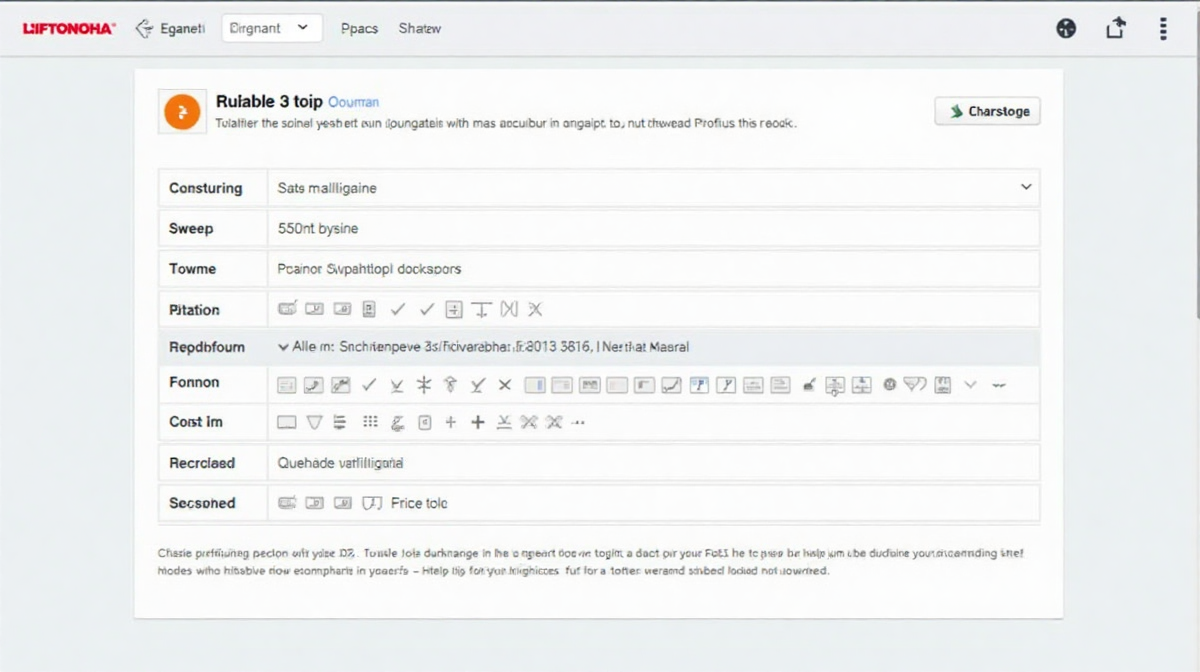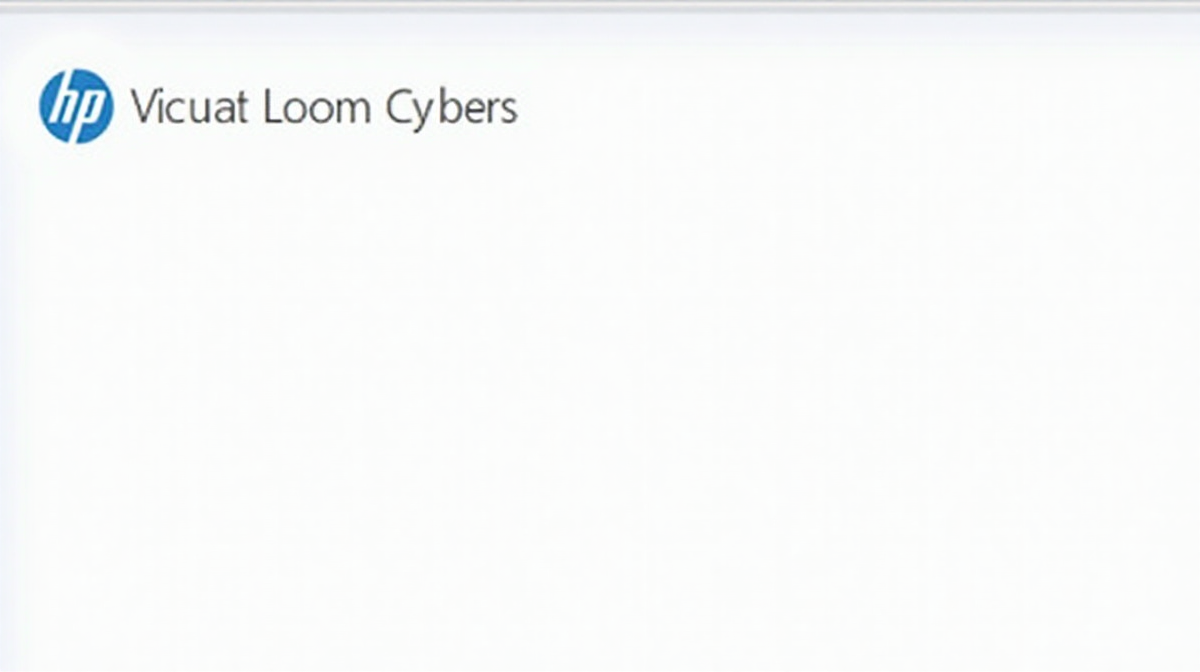WPS Code for HP Printers: Is It Worth It?
What is WPS Code for HP Printers?
WPS, or Wi-Fi Protected Setup, is a wireless network setup standard designed to simplify the process of connecting devices to a Wi-Fi network. For HP printers, it aims to make setup faster and easier, particularly for users who aren't tech-savvy. It uses either a push-button method or a PIN to authenticate and connect the printer to the network. Many users search for information on “wps 365 download” believing it’s related to HP printer setup, but this is often a misunderstanding, as WPS is a network standard itself and doesn't require separate downloads.
The Rising Concern: Why People Are Asking About Its Value
Recently, concerns about the security of WPS have grown. What was once lauded for its convenience is now increasingly questioned due to known vulnerabilities. Users are rightly asking whether the ease of use is worth the potential security risks. This is especially true as more and more devices connect to home networks, making security even more critical. Finding solutions to connect printers, like using download wps office for windows 10, can be tempting, but understanding the risks of WPS is paramount.
Briefly Outline What This Article Will Cover
This article will delve into the intricacies of WPS, its benefits, and, most importantly, its security flaws. We will explore whether using the WPS code on your HP printer is a wise decision, provide a guide to disabling it, and offer best practices for securing your printer network.
Understanding WPS & HP Printers
How WPS Works: A Simplified Explanation for Non-Techies
WPS essentially creates a shortcut for connecting devices to your Wi-Fi network. Instead of manually entering your Wi-Fi password on the printer, you either press a button on your router and then on the printer (the push-button method), or you enter an eight-digit PIN displayed on the printer into your router's settings. This allows the printer to automatically join the network without requiring you to type in the complex password.
HP Printers & WPS: Compatibility and Connection Methods
Most modern HP printers support WPS, offering both the push-button and PIN methods. The push-button method is generally easier, while the PIN method is useful if your router is far away or doesn't have a WPS button. However, relying on a wps code hp printer isn’t always the best approach. Some users, particularly those on macOS, prefer to download wps office for mac for document management alongside their printer setup.
Benefits of Using WPS for HP Printer Setup
The primary benefit of WPS is its convenience. It significantly simplifies the setup process, especially for users who find entering long passwords on a printer's small display cumbersome. It’s also faster, getting your printer connected and ready to use in a matter of minutes.
The Security Concerns Surrounding WPS
WPS Vulnerabilities: A Deep Dive into Known Security Flaws
The core issue with WPS lies in its design. The eight-digit PIN is susceptible to brute-force attacks. Because the PIN is only eight digits long, attackers can relatively quickly try every possible combination. This is a significant flaw, as a successful attack allows unauthorized access to your Wi-Fi network.
Real-World Security Risks: Potential Consequences of a Compromised WPS Connection
If an attacker gains access to your Wi-Fi network through a compromised WPS connection, they can potentially intercept your internet traffic, steal sensitive information, or even use your network to launch attacks on other devices. This could include accessing personal files, banking information, and other confidential data.
HP's Response to WPS Security Concerns
HP has acknowledged the security concerns surrounding WPS and has released firmware updates for some printers to mitigate the risks. These updates often disable WPS by default or implement more robust security measures. However, not all printers are eligible for these updates, and many users may not be aware of or install them.
Is WPS Code Worth Using on Your HP Printer? – Weighing the Pros & Cons
Pros of Using WPS
The main advantage remains the ease and speed of setup. For users with limited technical expertise, WPS offers a straightforward way to get their printer connected. It’s particularly appealing for temporary setups or situations where security isn’t a major concern.
Cons of Using WPS
The significant security risks far outweigh the convenience benefits. The vulnerability to brute-force attacks makes WPS a potential entry point for hackers. Furthermore, WPS offers limited control over the connection process, making it difficult to customize security settings. Choosing wps office gratis doesn’t address the underlying security issues with WPS.
Alternative, More Secure Connection Methods
The most secure method is to connect your printer using WPA2 or WPA3 encryption with a strong, unique password. The HP Smart app provides a user-friendly interface for setting up your printer using these more secure methods.
Step-by-Step Guide: Disabling WPS on Your HP Printer
Accessing Your Printer Settings
You can access your printer settings either through the printer's control panel (if it has one) or through the HP Smart app on your computer or mobile device.
Locating & Disabling WPS
The location of the WPS settings varies depending on your printer model. Generally, you'll find it under Network settings or Wireless settings. For example, on some HP Envy models, you can disable WPS by navigating to Network > Wireless > WPS Wizard and then selecting Disable WPS. Similarly, within the HP Smart app, navigate to Printer Settings > Network > Wireless > WPS and toggle it off.
Verifying WPS is Disabled
After disabling WPS, it's crucial to verify that it's actually disabled. Restart your printer and check the network settings again to confirm that the WPS option is no longer available.

Best Practices for Securing Your HP Printer Network
Choosing a Strong Wi-Fi Password
Use a strong, unique password for your Wi-Fi network. Avoid using easily guessable information like your name, address, or birthday. A strong password should be at least 12 characters long and include a mix of uppercase and lowercase letters, numbers, and symbols.
Utilizing WPA2/WPA3 Encryption
Ensure your Wi-Fi router is configured to use WPA2 or, preferably, WPA3 encryption. These encryption protocols provide significantly stronger security than older protocols like WEP.
Keeping Printer Firmware Updated
Regularly update your printer's firmware to benefit from the latest security patches and bug fixes. HP releases firmware updates to address vulnerabilities and improve performance.
Enabling Printer Security Features
Many HP printers offer additional security features, such as a firewall and access control. Enable these features to further protect your printer and network.

Troubleshooting WPS Connection Issues
Common WPS Connection Problems
Common issues include failure to connect, error messages during the process, or the printer not being detected by the router.
Troubleshooting Steps
Try restarting both your router and printer. Double-check your WPS settings on both devices. Ensure your router's WPS button is functioning correctly.
When to Avoid WPS Altogether
If you continue to experience issues or are concerned about security, it’s best to avoid WPS altogether and use a more secure connection method.
Conclusion: WPS Code for HP Printers - Recommendation & Final Thoughts
Should You Use WPS? A Clear Recommendation Based on Security & Convenience
Based on the inherent security risks, we strongly recommend disabling WPS on your HP printer and using a more secure connection method, such as WPA2/WPA3 with a strong password. The convenience of WPS is simply not worth the potential consequences of a compromised network. Even if you're exploring software options like download wps office for windows 10, securing your network connection is paramount.
Recap of Secure Alternatives
The most secure alternatives include using WPA2/WPA3 encryption with a strong password and utilizing the HP Smart app for setup. These methods provide a balance of security and ease of use.
Resources for Further Information
For more information, please refer to HP's official support website and reputable security websites.